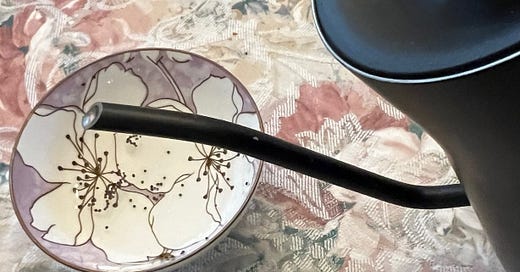How to scarify seeds, which seeds should be scarified -- and why?
Plus, learn my top three recommended scarification methods
Hi, guys!
Seed-starting time is upon us. If you’re new at this — or even if you aren’t — there are a few things you should know about how to treat different types of seeds to get the best results.
But first, let’s back up a bit. In nature, some seeds, particularly those that have evolved to rely on wildlife for dispersal, have tough outer coatings to ensure they survive their journey through a bird’s or other animal’s digestive tract.
This “planting” method ensures the seeds’ dispersal a distance away from their mother plant, which helps biodiversity by introducing the species to another location. It also protects seeds from sprouting prematurely in winter, when their tender sprouts wouldn’t have a chance of survival.
This is good, but it also means the seeds won’t sprout as readily if they were to be planted without going through that ordeal, which wears away their hard coat to allow water in.
That’s where “scarification” comes in.
Keep reading with a 7-day free trial
Subscribe to The Weekly Dirt with Jessica Damiano to keep reading this post and get 7 days of free access to the full post archives.



